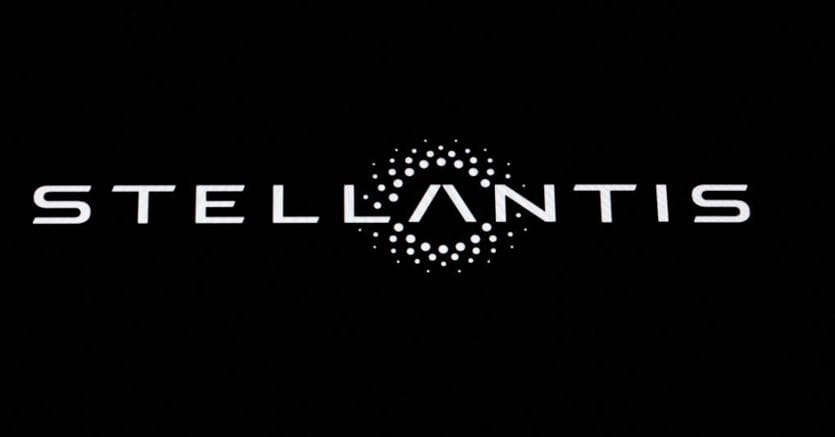Listen to the audio version of the article
Ritual denials and no comments do not diminish the suggestive hypothesis of a great alliance between Stellantis and Renault also because in this matter there is a key point inherent in the history of automotive: unity is strength and it does not matter if it is a merger (unlikely) between the group led by Carlos Tavares and the smaller one led by the Italian manager Luca de Meo or a form of industrial collaboration to face the challenge of the electric car imposed by the EU and above all the competition from the Chinese companies which have, see Byd, proven that they can do machines and do them well too.
To reduce costs, European automotive needs a new phase of consolidation, perhaps as a consortium for sharing components (reducing costs by 40% is Tavares’ diktat), technological solutions (from batteries to software) and platforms. This is a theme dear to both Tavares and de Meo, who have repeatedly declared that the freedom of movement of the middle class is at stake in the creation of affordable electric cars. To reduce the costs of city e-cars, synergies and economies of scale are needed, which are only possible with tactical agreements between manufacturers.
Tactical agreements
Industrial alliances and sharing of technologies are therefore indispensable and this is why rumors of an entente cordiale between Renault and Stellantis that could stem the Chinese advance are becoming increasingly insistent. Moreover, Tavares, in recent days, has indicated that the automotive industry must necessarily face a new phase of consolidation because the scenario has changed. Producing Bev – Battery electric vehicles – in a competitive way requires huge resources and therefore the main path is industrial and technological agreements and the always difficult mergers.
Merger unlikely
At the moment the hypothesis of a pact, of any kind, between Stellantis and Renault is pure speculation, certainly the idea of an agreement is also fascinating. On the one hand, a European hub would be created, a sort of automotive Airbus, on the other, this new hypothetical reality would have French traction but this aspect could, in theory, be mitigated by the presence of the Italian manager Luca de Meo in top positions . And at stake are the overlaps of the 15 Stellantis brands and the Renault brands (3 in total with Alpine). 18 brands and factories spread across the four corners of the globe, as well as agreements with Chinese companies such as Geely and Leapmotor.
Too many 18 brands
Managing a portfolio of 18 brands seems like an impossible challenge due to the inevitable overlaps between models and factories. Stellantis, with its portfolio of 15 brands, deals with overlaps and manages models and brands on a geographical basis and in its galaxy only Jeep has global coverage, the others including Peugeot essentially do not leave the confines of the EMEA area. Differentiating models and brands costs enormous amounts of money and it is not at all easy to distinguish the target, for example a Peugeot 208 from an Opel Corsa or the third different twin Lancia Ypsilon and we have mentioned three models made in Zaragoza based on the former Peugeot CMP platform which it also gives life to other models such as the Alfa Romeo Milano, Fiat 600 and Jeep Avenger, all built in Poland.
